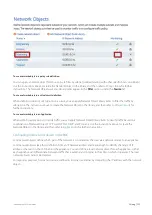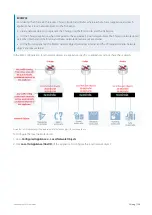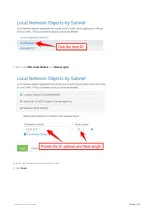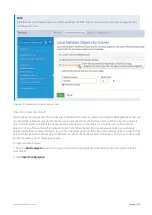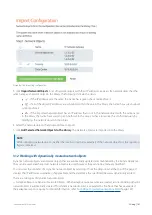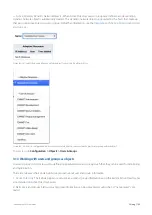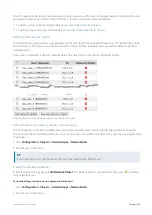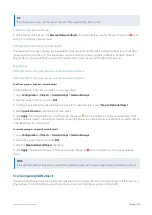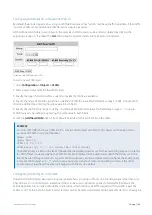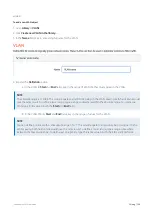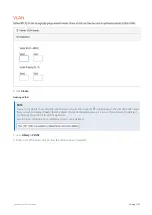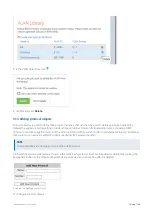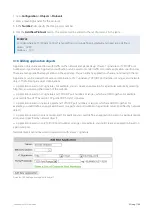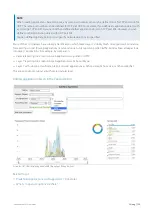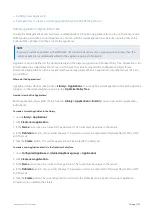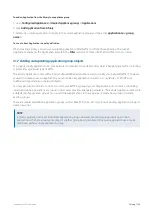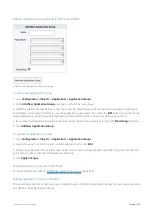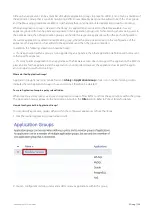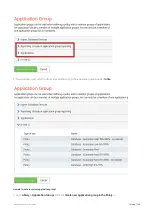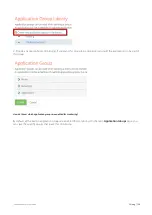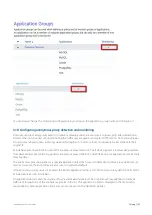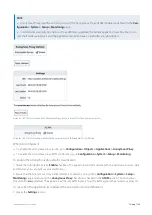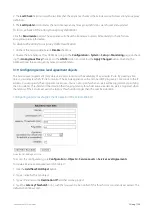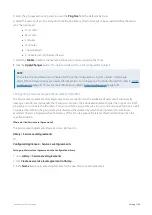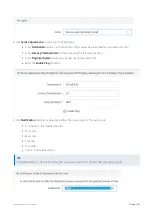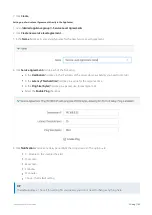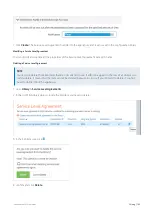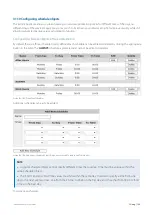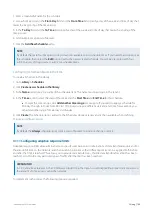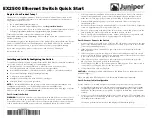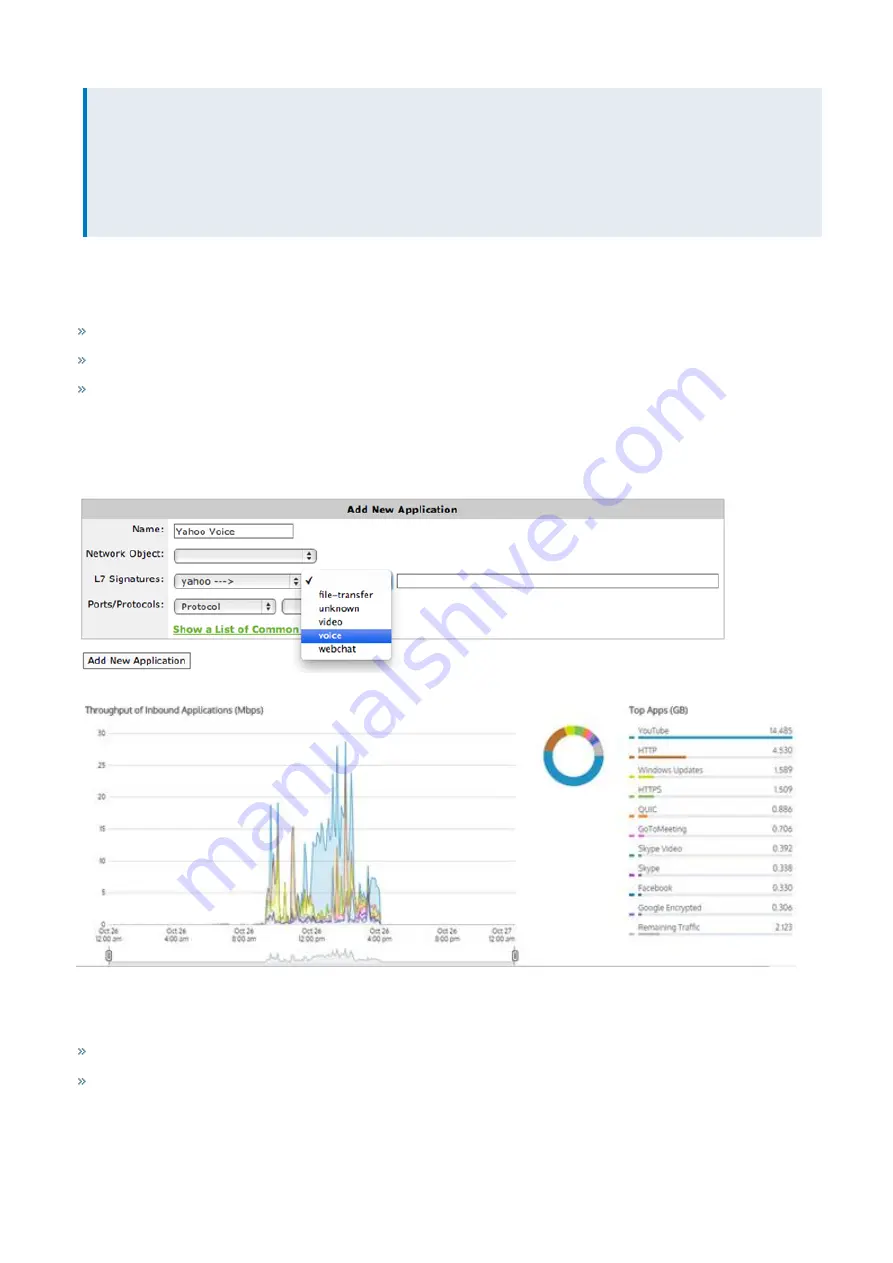
Exinda Network Orchestrator
3 Using
|
150
NOTE
When creating applications based on ports, any given port number can only be defined once for TCP and once for
UDP. The same port number can be defined for TCP and UDP. For example, if you define an application object with
a port range TCP 500-510, you cannot then define another application object on TCP port 505. However, you can
define another application object with UDP port 505.
You can define duplicate ports/port ranges if a network object is also specified.
Many of the L7 signatures have sub-type classifications, which makes layer 7 visibility much more granular. For instance,
for reporting on specific web applications, most vendors can only report on port 80 traffic. Exinda allows a deeper look
into Layer 7 applications. For example, by comparison:
Layer 4 reporting tools report on web applications as: port 80 or HTTP
Layer 7 reporting tools report on web applications as: Yahoo or Skype
Layer 7 with sub-type classification report on web applications as: Yahoo video, Yahoo voice, or Yahoo webchat.
This allows you to monitor at a much more granular level.
Adding application objects in the Exinda Web UI
Screenshot 47: Chart displaying bandwidth throughput for applications.
Related Topics
Summary of Contents for EXNV-10063
Page 369: ...Exinda Network Orchestrator 4 Settings 369 ...
Page 411: ...Exinda Network Orchestrator 4 Settings 411 Screenshot 168 P2P OverflowVirtualCircuit ...
Page 420: ...Exinda Network Orchestrator 4 Settings 420 Screenshot 175 Students OverflowVirtualCircuit ...


